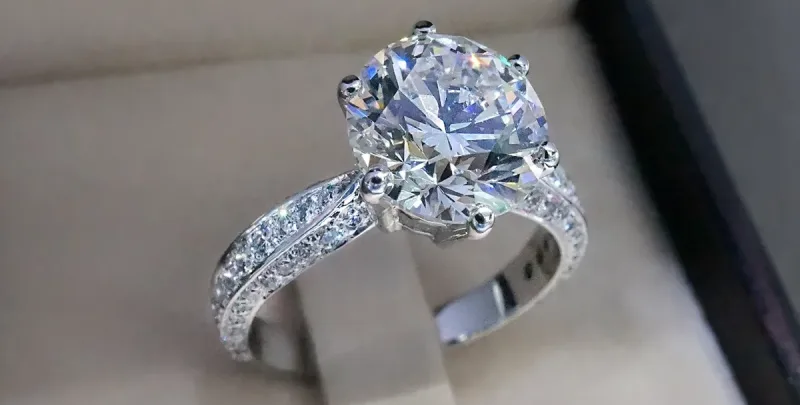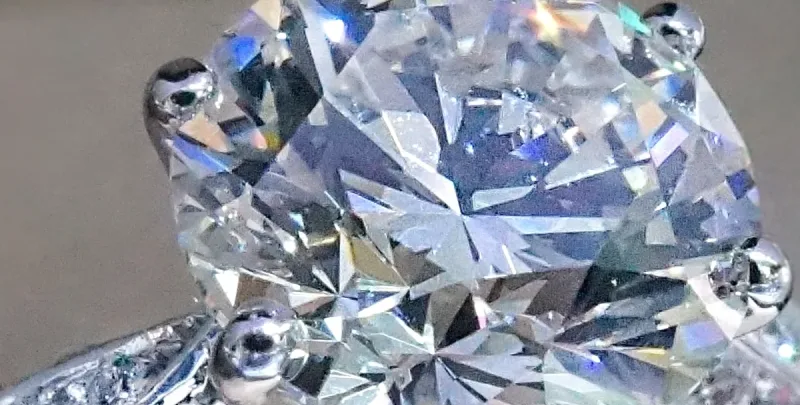First coined by the ancient Egyptians as the ‘gem of the sun’, peridot’s gold-tinted citrus hue has long-since been celebrated across many cultures as a symbol of vitality, renewal and even Mother Nature herself.
A case of mistaken identity
Yet despite being one of the few gems to come in only one colour, the August birthstone has endured a history of misidentification, being commonly confused with its equally-green May look-alike: emerald.
Many historians now believe that Cleopatra’s famous emerald collection was in fact peridot, while for centuries the fabulous 200-carat peridot gems adorning the shrine of the Three Holy Kings in Germany’s Cologne Cathedral, has also been mistakenly admired as emeralds.
Though the Romans were more skilled at distinguishing between the two, they commonly referred to peridot as the ‘emerald of the evening’ in reference to the stone’s ability to catch the light, even in the dimmest surroundings.
Early origins
The earliest mining records date back 4,000 years to when peridot was first used in Egyptian jewellery. The stones came from the tiny, once snake-infested volcanic island of Topazios (around 4.5km2) just off the Aswan coast in the Red Sea, known today as St. John’s Island or Zabargad.
It was from here that peridot was introduced into Europe; brought back by early Christian crusaders returning from battle, and later used to decorate countless medieval churches, as well as the fingers of Catholic bishops, as a symbol of purity. References to the stone appear throughout the Bible.
Fire and brimstone
Peridot is often called the ‘extreme gem’, found in volcanic lava or basalt rock originally formed deep inside the earth under intense pressure. In Hawaii (a group of islands formed from continuous volcanic activity) there are dark sand beaches containing hundreds of peridot crystals, and the gem is treasured within the indigenous religion as the tears of Pele; goddess of fire and volcanoes.
Stone from out-of-space
As well as forming down below, Peridot is the only known gem to also come from outer space. This very rare, extra-terrestrial variety of the stone falls to earth in iron-rich meteorites called pallasites. Peridot of this origin is unlikely to be found in commercial jewellery.
The famous Fukang meteorite (containing peridot) was offered for auction at Bonhams in 2008 at nearly $3M, as ‘The World’s Most Spectacular Meteorite – A Magnificent Space Gem Discovery’; and later donated to the American Natural History Museum in New York.
Back down to earth
Though few of us may be pallasite collectors, peridot’s bright sparkle and fresh summer tones makes it a valuable addition to any jewellery collection, and is certainly worth insuring.


























